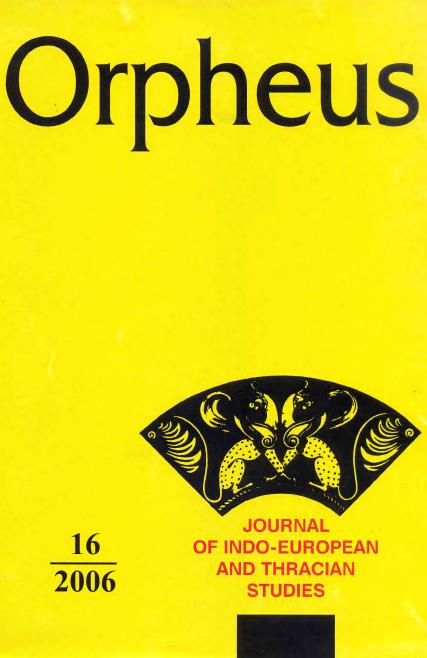
We kindly inform you that, as long as the subject affiliation of our 300.000+ articles is in progress, you might get unsufficient or no results on your third level or second level search. In this case, please broaden your search criteria.

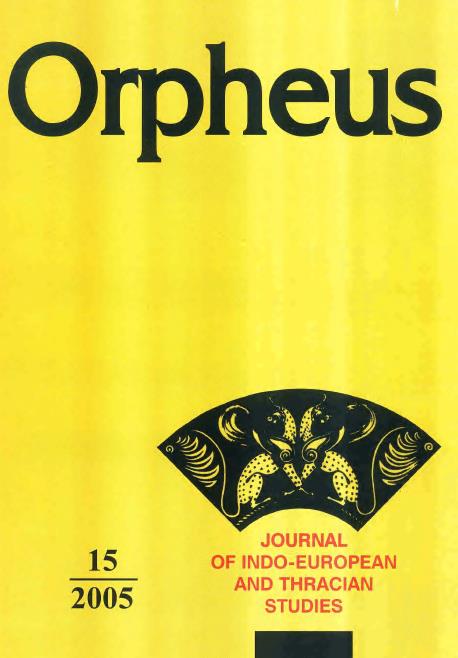




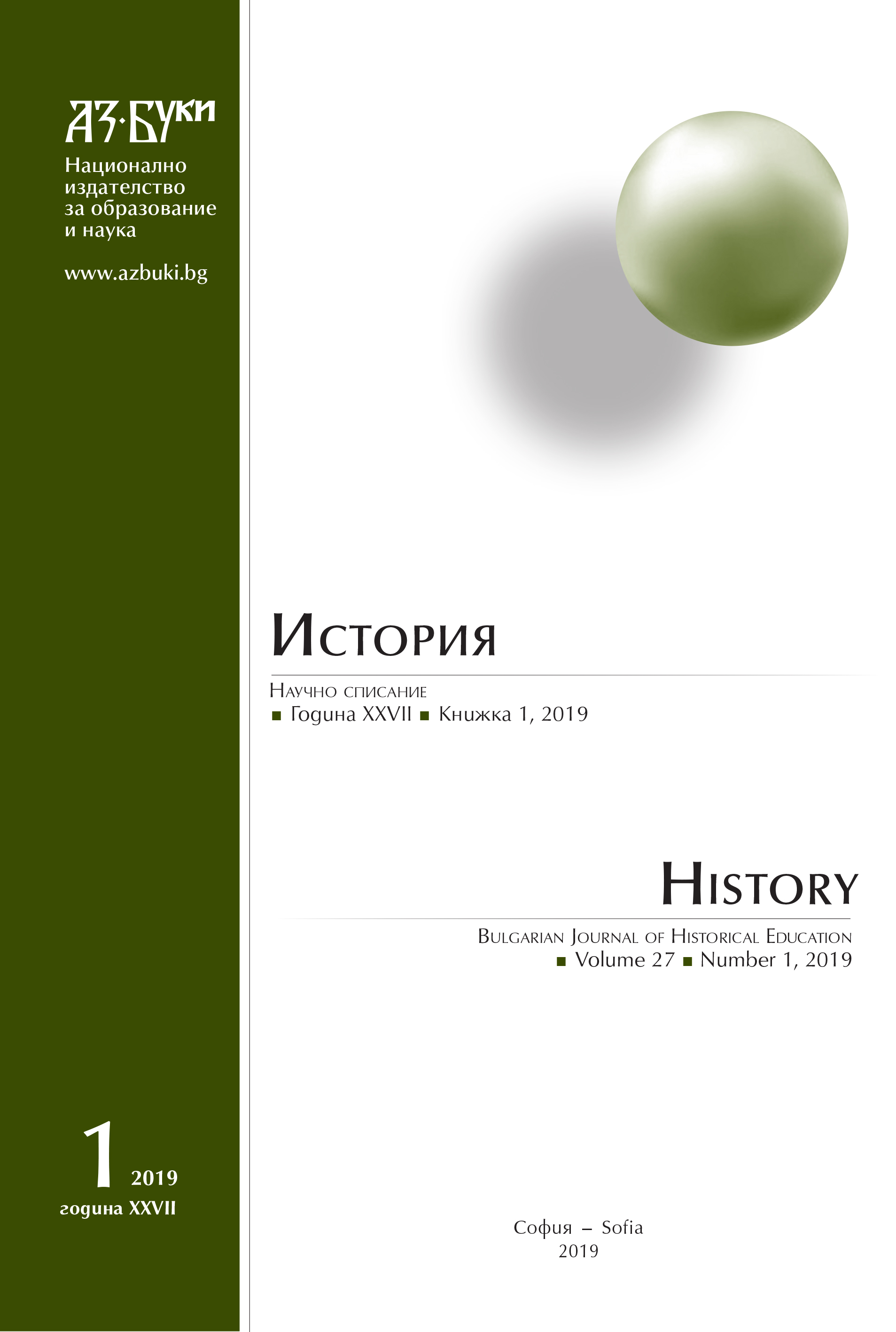
This article represents a photo of Vasil Levski, which was found in the Turkish Presidency State Archives of the Republic of Turkey – Department of Ottoman Archives in Istanbul in October, 2018. Its presence in exactly this archive, along with other documents of the Bulgarian revolutionary organization and the text on the back of the photo in Ottoman Turkish, leads to the conclusion that this is the photographic portrait of the Apostle, which was used for his chasing. With it, the total number of Vasil Levski‘s photos amounts to eight.
More...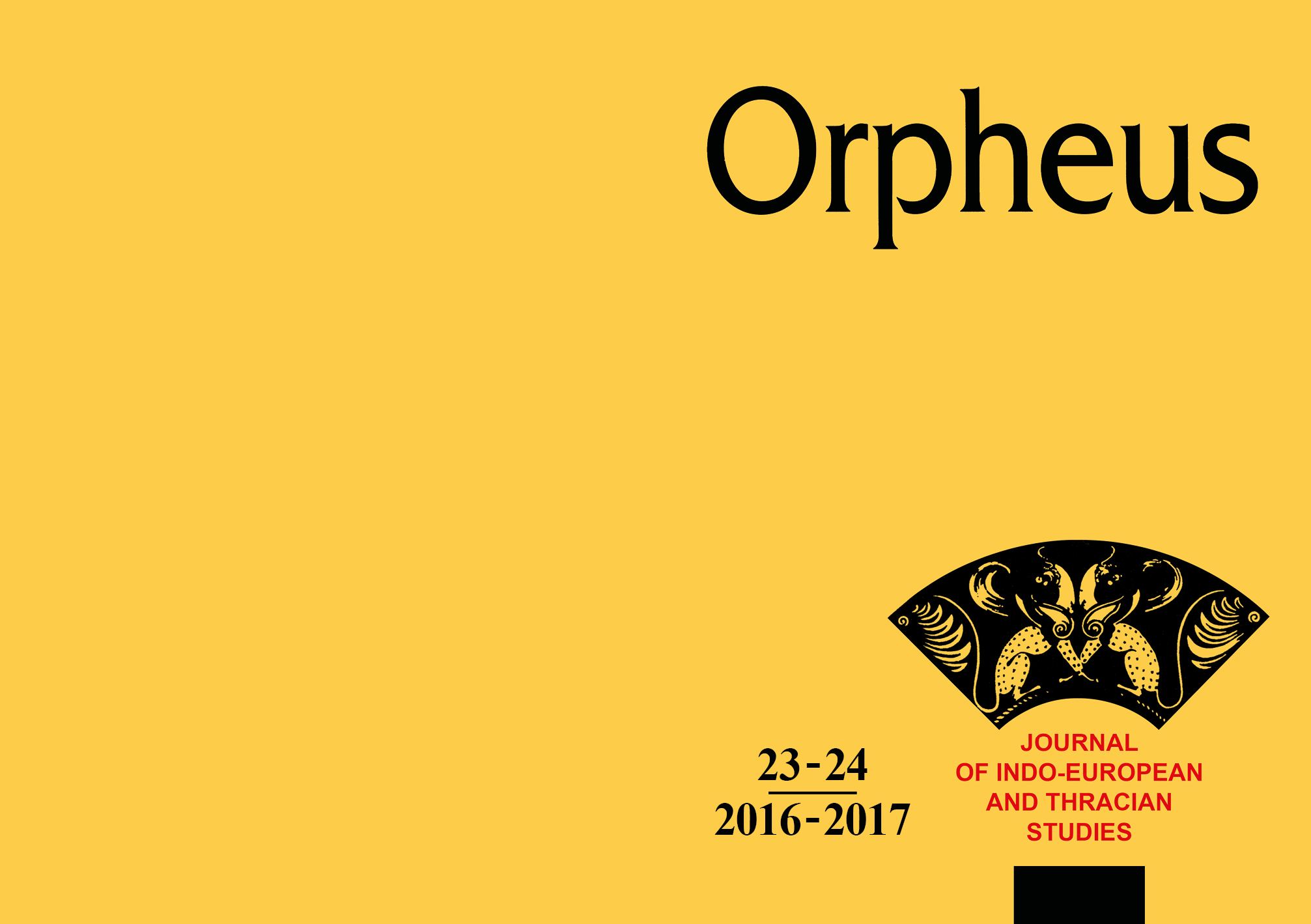
The present text is the first part of a broader study and it provides a new perspective to certain aspects of the issue of the Troglodytes in Thrace. The analysis and the reinterpretation of the available written evidence lead to reconsidering of the traditional view that Troglodytes inhabited the territories close to the Danube Delta, or lived in the caves along the Black Sea coast, giving arguments for a new localisation in the interior of the Getic lands.
More...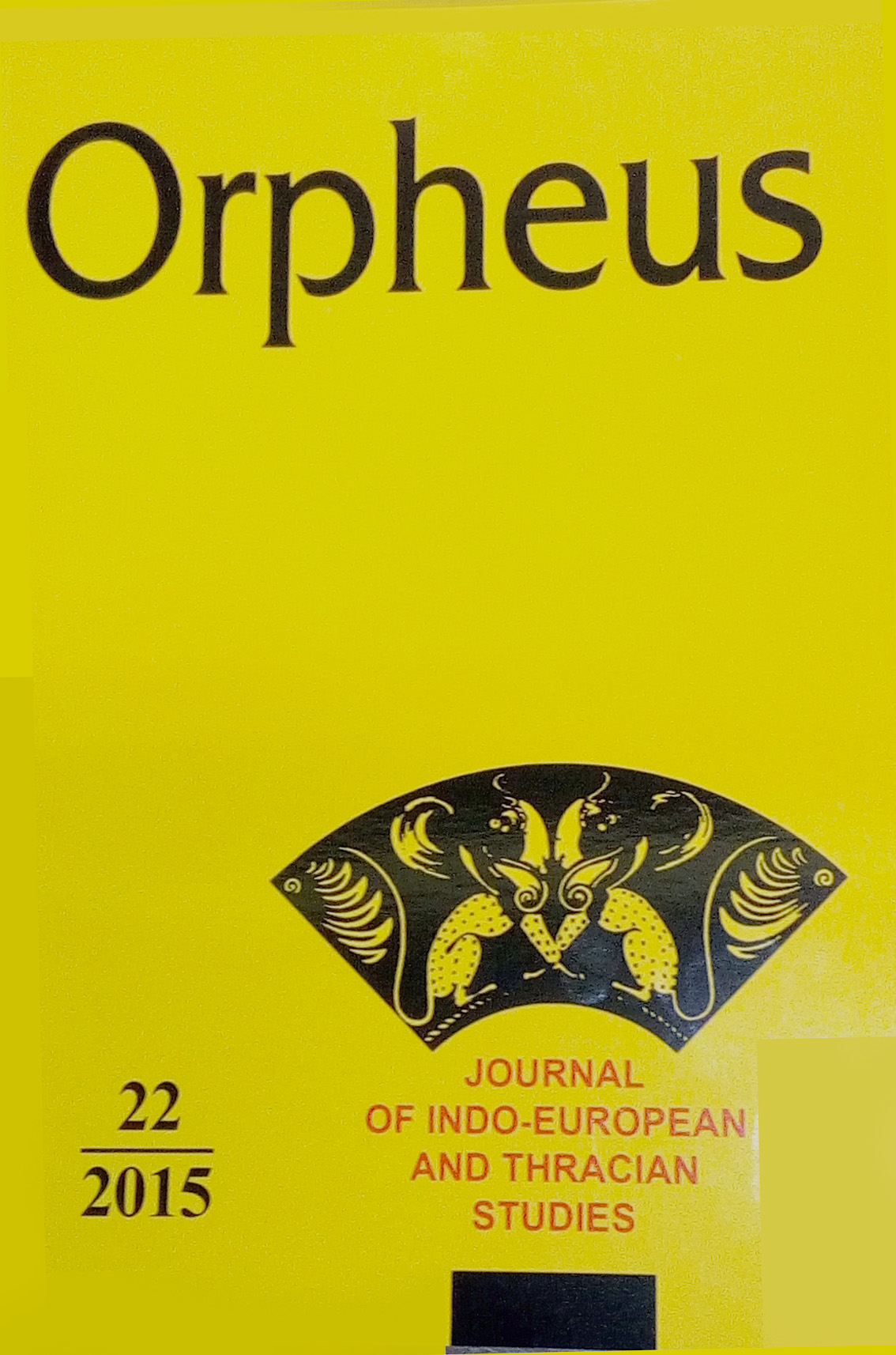
The study of Thracian toponymy with a view to chronology has different aspects. The history of each source gives a more precise picture of the chronology of the attesting of the data. Tracing the chronology of emergence is of greater significance both in linguistic and in historical plan. Owing to the areal positioning of toponymic isoglosses or isoglosses of toponymic elements, the conclusion reached in the study concerns the chronology of the emergence of groups of toponyms united by common characteristics. Tracing their propagation leads to the conclusion that the oldest layer of Thracian toponymy has lexical and word-forming parallels with the pre-Greek toponymy in the southern and western parts of the Balkan Peninsula and in Asia Minor. There is a newer layer that demonstrates lexical parallels only within the Thracian linguistic space. It comprises the settlement names with two roots and with second components recurring repeatedly, whose dissemination occurred successively throughout the first millennium BC. On the whole, the models for the formation of the Thracian toponymy were completed by the end of the first millennium BC.
More...
The reconstruction of the palaeo-environment of the lands inhabited by the Thracians in this study is based on comparative analysis of currently existing written, archaeobotanical, archaeozoological, palynological, archaeological and physico-geographic evidence. It presents the natural conditions, the resources and the registered palaeogeographic changes, while at the same time taking into account the specificity and the importance of the environment for the development of Thracian society and culture during the first millennium BC. Hence the territorial scope of the study comprises mainly the lands to the south of the Danube.
More...
The treasure from the Golyama Brestnitsa village in North-Central Bulgaria consists of one cylindrical vessel and five dippers with total weight of 1.650 kg highest grade silver. The dippers are not identical in size and ornamentation. An inscription is incised on the bowl and on one of the dippers, which reads: Κυριω Ηρωι Πυρουμηρουλα Φλ(αβιος) Μεστριανος β(ενε)φ(ικιαριος) ευχαριστηριον (“To master Heros Purumerulas from Flavius Mestrianos beneficiarius, as a sign of gratitude”). The prevalent opinion in the literature is in favour of the meaning “big/ brilliant fire” for the epithet Πυρουμηρουλας, and for the name of the beneficiarius Μεστριανος – that it is a Latinised Thracian name. The making of the vessels is dated to the end of the 1st or the beginning of the 2nd century, and its burying is associated with the barbarian incursions and more specifically with the late 3rd century. The paper interprets for the first time the treasure and the inscription from a functional and a ritual point of view in the context of the Romanisation to the north of the Balkan Range. Inscriptions with the epithet Πυρ(ου)μηρουλας, Pirmerulas occur to the south of the Balkan Range and along the Struma valley. An assumption is given in the paper that the donor of the treasure with a dedication to a god-horseman (and hunter) with fiery-solar characteristics may originate from these regions. Another possibility is the epithet to have been carried to the north by Thracians who settled in the region after their military service. The treasure from Golyama Brestnitsa supports the theory that two types of transformations took place during the first two centuries of the first millennium AD between the Balkan Range and the Danube as a result of the inclusion of the Thracian lands within the Roman Empire, namely: visible, formal Romanisation of urban and communication infrastructure and the emergence of multicultural enclaves, name system and formation of a shared trade space, and actual Romanisation – of the lifestyle, faith and ritual.
More...




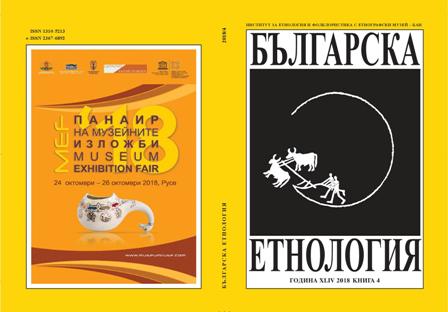
The main topic of the article is the transformation of the local food into cultural heritage. Examining specific examples, it reveals the actions of big and small agribusiness players who “re-discover their connection with tradition”, play the role of guardians of the local heritage, and engage themselves in private negotiation and public presentation of the food, by means of which to educate the public with regard to the “rediscovering” and cultural valuation of the local products. The specific ethnographic description includes information from two regions – the Municipality of Smolyan in the Central Rhodope Mountains and the Municipality of Ugarchin on the foothills to the North of Stara Planina mountain. The regions are presented in comparative perspective but also as a common ground of local food valuation. The“traditional” dairy products are at the core of the valorization in the first region, and the “local” truffles – of the second. In addition to the study of the relationships, which these products generate on the ground, the article examines two specific festivals (the yoghurt Festival in the village of Momchilovtsi and the Truffle Fest in the town of Ugarchin) that present the scene of the heritage and the relations between the various social actors symbolically and literally
More...
The article focuses on two forms of appropriation of the urban space by new forms of festivity organized around food consumption. Although the new forms intervene with public space and use its ideology, these practices rather question the general access to it. Usually, they are organized as private events but following the logic of new capitalism, they insist on a higher, often non-commercial, purpose that adds value to the experience. This may be the demonstrative struggle against wastefulness or aestheticization of food consumption in the public space as a form of creating experiences. The new media play a key role in the experiencing and producing of these events: from their disclosure and access to the organization of their visual identity.
More...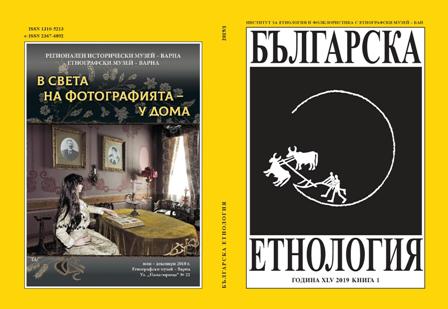
The free time was one of the most important results of the political and economic changes in Bulgaria during the 1960s; it was a peculiar “reward“ for the people who had put all their strength in the hard and wearisome work typical of the previous decade. But although it was presented as “free“, the time people had after the working day or working week was not free of ideological control at all; just the opposite, there were directives, plans and norms for it as well. According to them, only the activities orientated to the physical, intellectual, spiritual and social development of the character were considered “free time“. The article interprets photographs published in some of the popular periodicals in Bulgaria by means of which ideology constructed the idea of a correct organization of the free time of the citizens of socialistBulgaria in the 1960s. The article focuses not on the documentary but on artistic images and attempts to trace the process of transformation of certain everyday practices into beautiful views “advertising“ the ideologically legitimate activities.
More...